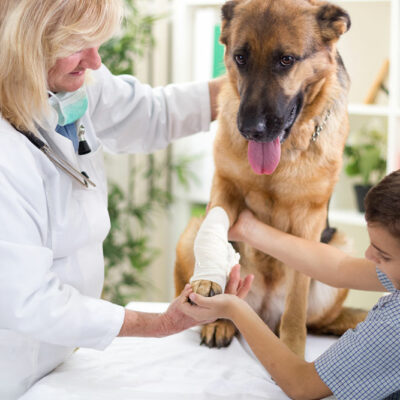
pets
Common home remedies for relieving joint pain in dogs
Just like humans, dogs can also experience severe joint pain. It can occur due to aging or other health conditions that have started to affect their joint health. In such situations, it is important to follow treatment plans recommended by the vet while taking some pain management measures at home to provide comfort and relief to the furry companions. Several common dog joint pain relief home remedies can be used to alleviate their discomfort. Common home remedies for joint pain relief in dogs Before introducing any home remedy to your pet, consult a vet first. They can help determine the most effective and appropriate ways that do not cause side effects or worsen the symptoms. Manage the weight of the dog When a dog is overweight, the joints endure more pressure, further aggravating pain and discomfort. Besides, the additional body fat can cause joint inflammation, worsening symptoms. Therefore, managing the weight can help provide some relief from the pain. And if the pet is healthy and fit, it is important to maintain the weight at healthy levels. The ideal weight for pets is based on the breed, size, and age of the dog. Follow regular exercises A dog with joint pain may find it extremely difficult to move and may not be as active or playful as before due to the pain.




















